Para cycling
Introduction to Para cycling
Classification
Full information on Classification can be found here.
Para cycling is an inclusive sport designed for athletes with various physical disabilities, including visual impairments, cerebral palsy, and other mobility challenges. Depending on their classification and individual needs, competitors race using different types of adapted bicycles.
In road cycling, athletes compete on handcycles, tricycles, tandem bikes, or modified standard bicycles, ensuring fair competition across classifications.
- C1-C5: This classification is for athletes with cerebral palsy, amputations, or other physical conditions that enable them to ride a standard bicycle.
- T1-T2 (trike): Designed for athletes with cerebral palsy, neurological conditions, or other impairments that make it difficult or unsafe to balance on a two-wheeled bike.
- B (tandem): Reserved for visually impaired cyclists who ride tandem bicycles with a sighted pilot.
- H1-H5 (handcycle): For riders with impairments that affect both legs or a combination of the upper and lower limbs, including amputations, paraplegia, and tetraplegia.
Para cycling Events
Track
The individual pursuit features riders, either solo or in tandem pairs, starting on opposite sides of the track. They compete to either catch their opponent or set the fastest time over distances of 3km (12 laps) or 4km (16 laps). The top four athletes from qualifying rounds advance to the medal races, with the two fastest battling for gold and silver, while the third- and fourth-fastest race for bronze. In the finals, catching and overtaking an opponent secures an automatic win, though riders may continue to chase records or personal bests.
At the Paris 2024 Paralympic Games, New Zealand's Anna Taylor secured a silver medal in the Women's C4 3000m Individual Pursuit, setting a national record in the process, along with Nicole Murray securing Bronze.
In the time trial, riders start from a stationary position and race against the clock, aiming to complete two laps of the track as quickly as possible. The event covers a distance of 1km for men and 500m for women. New Zealand boasts several world champions in timed events, including the talented Devon Briggs.
Unlike time trials or pursuit events, the para scratch race is a mass-start competition where the first rider to cross the finish line wins. Riders with similar classifications compete, showcasing speed, endurance, and strategy as they navigate tightly packed groups and prepare for a final sprint. Athletes compete on bikes only.
The elimination race is an event where the last rider to cross the line on designated laps is eliminated until only two remain to sprint for victory. Riders must combine speed, endurance, and strategy to avoid elimination, often battling for position at the front of the group.
The sprint race is a head-to-head track cycling event over three laps, where strategy and speed are key. Riders qualify through a flying 200m time trial, with the fastest advancing to knockout rounds. Each match involves tactical positioning and an explosive final sprint, often decided in a best-of-three format.
The tandem sprint is a highlight of para-cycling track events, showcasing thrilling head-to-head races between tandem pairings. The competition begins with a flying 200m qualifying round, where the fastest four teams advance to best-of-three semi-finals. Winners race for gold and silver in the final, while the defeated semi-finalists compete for bronze.
The team sprint is a three-lap race between two teams of three riders. All riders start together, with the lead rider pulling off after each lap until the final rider completes the race, setting the team’s time. Teams must include at least one female rider and consist of athletes from varying classifications. Each rider’s classification is assigned a point value (e.g., C5 male: 4 points, C2 female: 1 point), and the total for the three riders cannot exceed 10 points.
Road
Road races are a test of stamina, and strategy, with riders competing over long-distance, looped courses. In mass-start events, the first rider or tandem to cross the finish line is declared the winner. Para road races feature athletes across multiple classifications in separate events, competing on handcycles, tricycles, tandem bikes (with sighted pilots), or standard bikes adapted to their needs.
Para road races follow specific classification rules to ensure fair competition. Riders are grouped by classification categories such as H (handcycle), T (trike), B (tandem), and C (standard bikes), based on their physical abilities. Distances vary depending on the classification, with races typically ranging from 30km to 100km or more.
Riders, either solo or in tandem pairs, take to the course one at a time, with the goal of completing the distance in the shortest possible time. The rider or tandem team with the fastest time across the course wins the gold medal. Each athlete is launched individually at timed intervals, minimizing the influence of other riders and allowing for a fair assessment of their speed and stamina. Equipment is highly specialized, with aerodynamic designs playing a crucial role in maximizing efficiency. Handcyclists, for example, rely on streamlined hand-pedaled bikes, while tandem riders work in perfect unison with their pilots to achieve the best performance.
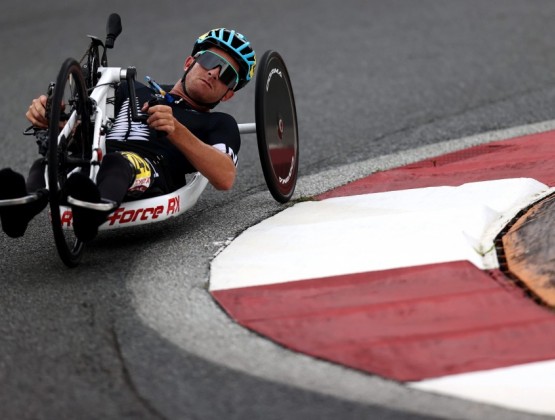
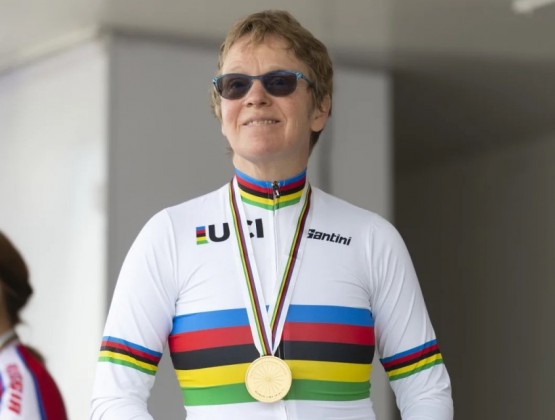
The Bikes
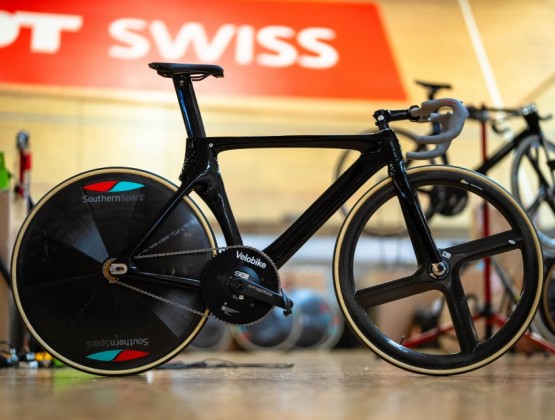
Bike
Many Para cyclists compete on standard bicycles, but adaptations are often made to suit the specific needs of riders based on their impairments
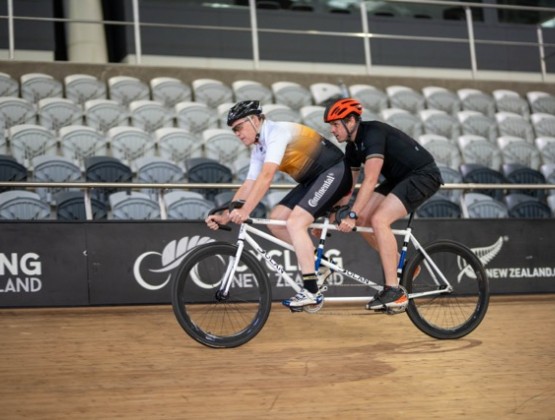
Tandem
Tandem bikes are designed for riders with visual impairments, where a sighted pilot takes the front position while the visually impaired stoker rides at the back.
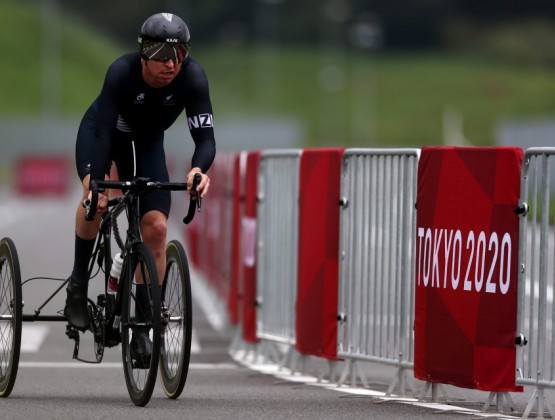
Tricycle
Tricycles are used by riders with cerebral palsy, neurological conditions, or other impairments that prevent them from safely riding a two-wheeled bicycle.
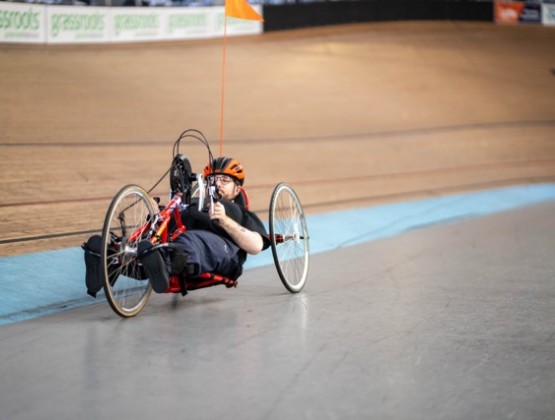
Handcycle
Handcycles are designed for riders with impairments that affect both legs or a combination of upper and lower limbs, allowing them to compete in road racing events.
Kit and Clothing
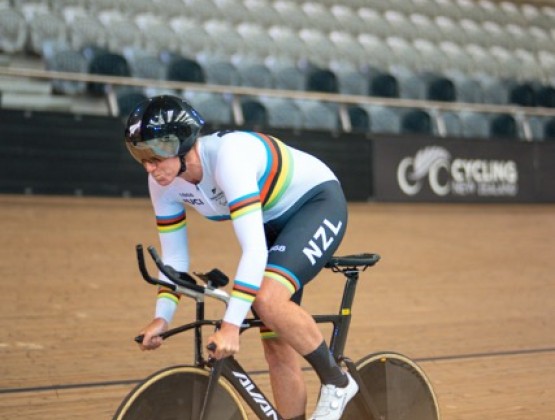
Clothing
Team members generally compete in skinsuits or jerseys, but if you don’t have one, that’s no problem. A t-shirt is fine for the short term, though it can become uncomfortable when wet from rain or sweat. For added comfort, you may prefer moisture-wicking jerseys that help keep you dry. Padded cycling shorts can also make long rides more comfortable. During outdoor winter rides, a lightweight rain jacket is a great option to stay warm and dry.
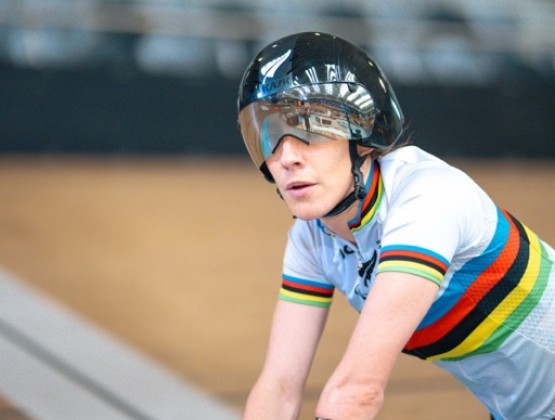
Helmet
Designed for both comfort and protection, helmets are available in a range of sizes to fit various head shapes and are easily adjustable for a secure fit. Aero helmets, with their sleek surface and aerodynamic design, are ideal for racing.
